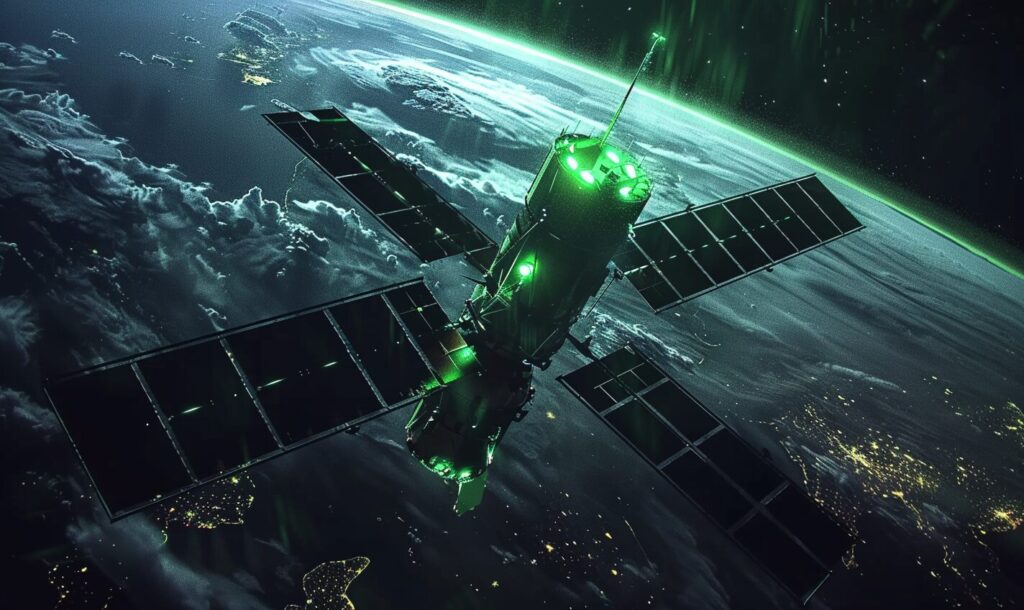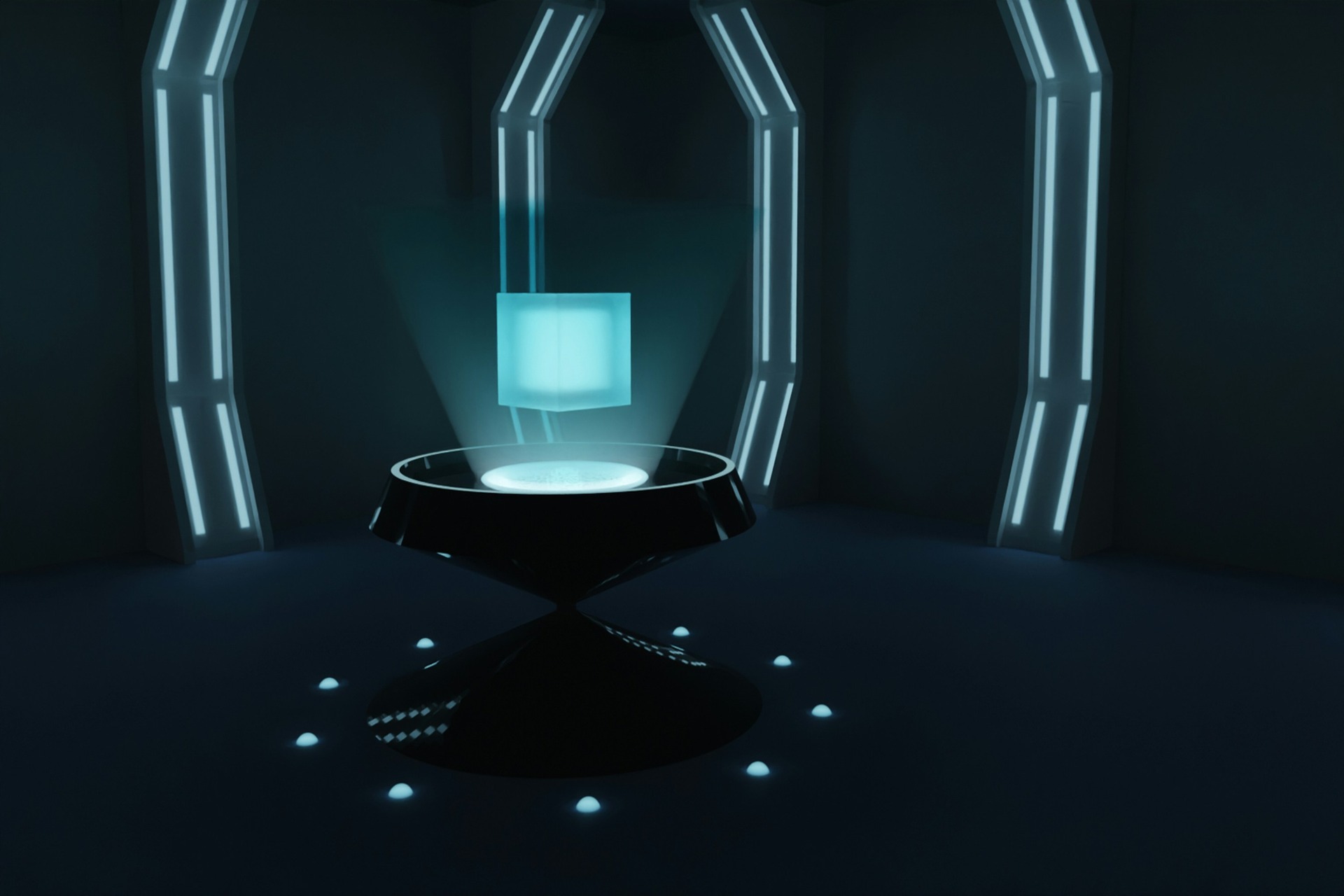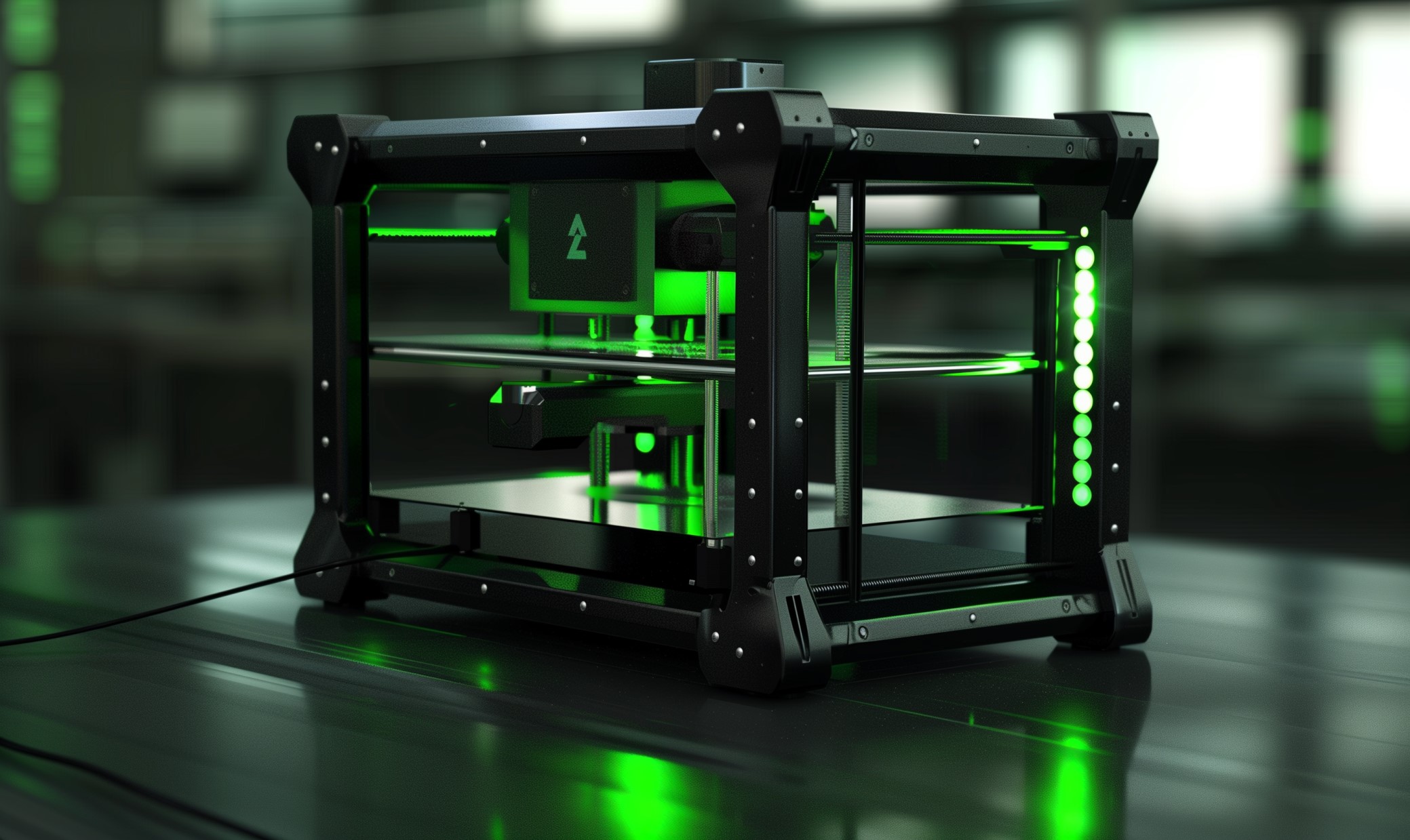Black holes reached the international consciousness when an international team of researchers announced that a computer algorithm assisted them with taking the first picture of one in 2019. Black holes are areas of space where the gravitational pull is so strong that nothing can escape from them.
There are still many mysteries about the universe, but one thing that scientists can say with confidence is that there are four types of black holes. Researchers differentiate between each of them according to size and mass. Here’s what you need to know about them.
The Basics of Stellar Black Holes
A stellar black hole forms when a star explodes in a death called a supernova. After a supernova happens, the star’s core begins to collapse in on itself. If the collapse results in the star’s mass becoming an infinitely small point, it’s then a black hole. Only the largest stars become stellar black holes, however.
Scientists commonly measure black holes in solar masses. For your reference, one solar mass equals the size of the sun. Stellar black holes typically range in size from 10-20 solar masses. But, at the end of 2019, scientists discovered what seemed to be a stellar black hole equivalent to 70 solar masses.
Coverage released a bit later indicated that an analytical error might have caused the team to reach a false conclusion. If so, the stellar black hole was only about the size of the sun.
What About Primordial Black Holes?
Whereas stellar black holes are medium-sized, primordial black holes are the smallest varieties. Scientists believe a primordial black hole’s size equals that of one atom, and its mass is comparable to a large mountain. Primordial black holes are, so far, only hypothetical. Researchers believe they formed shortly after the Big Bang, where dense regions of the early universe may have experienced gravitational collapse.
Until recently, scientists believed primordial black holes were small and numerous, but many were unsure of their existence. Now, observational equipment has captured what may be primordial black holes that are about five times the size of Earth and far more plentiful than previously thought.
Details About Intermediate-Mass Black Holes
Intermediate-mass black holes range in size from about 100 to 1 million solar masses, although estimates differ. Like primordial black holes, scientists don’t yet have concrete evidence of their existence. However, beginning in approximately 2003 onward, scientists began uncovering evidence that strongly suggested intermediate-mass black holes exist.
Scientists are working with powerful telescopes from NASA to search for these black holes. These types of black holes are still elusive, but researchers have identified several candidates. Stay tuned to your favorite sources for science news to get the scoop on the latest developments.
Supermassive Black Holes: The Biggest Types of Black Holes
As you might guess from their name, supermassive black holes are the largest of the black holes that scientists know about so far. One of the largest has a mass equal to 140 million suns, and a diameter equivalent to 516 million miles. Supermassive black holes usually sit near the center of galaxies, and a particularly massive example is approximately 21 billion times the mass of the sun.
Can Black Holes Change Size?
Now that you know these four types of black holes, you might wonder if they stay the same size throughout their existence. All black holes can change sizes as they suck in gas and dust from objects that get too close. The event horizon is the point at which an object gets so near to the hole that it cannot escape the intense gravitational pull.
Schwarzchild and Kerr Black Holes
Having a thorough understanding of black hole basics also requires knowledge about Schwarzchild and Kerr black holes. The Kerr black hole — thought of as the most common — forms because the star that created it was rotating. Not surprisingly, then, Kerr black holes have spinning cores. Conversely, the cores of Schwarzchild black holes do not revolve.
A Kerr black hole has a part called a singularity, which is the collapsed core. There’s also the ergosphere, which is an egg-shaped area of distorted space around the black hole caused by the rotation. Plus, there’s a component called the static limit, which is the boundary between where regular space stops and the ergosphere begins. Then, as mentioned earlier, the event horizon is the opening of the hole, which can suck things into itself.
Your Black Hole Basics
This overview should whet your appetite for learning more about black holes. Since science is continually progressing, you never know if the point when scientists make another major black hole discovery is just around the corner.
Recent Stories
Follow Us On
Get the latest tech stories and news in seconds!
Sign up for our newsletter below to receive updates about technology trends














